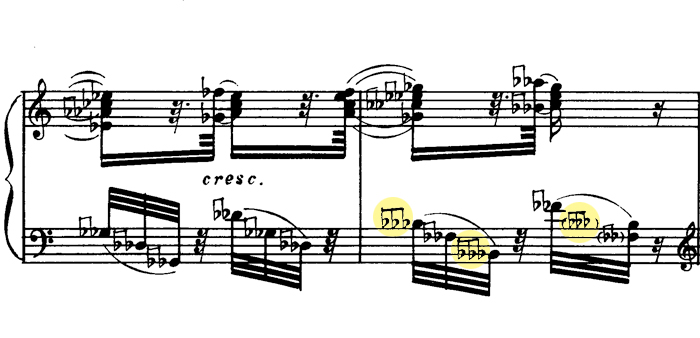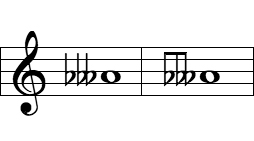Terms - T
t. sax
tablature
table
table d'harmonie
table-book
tabor
tacet
tactus
Tafelmusik
tail
tailgate
taille de hautbois
tailpiece
Takt
Taktstrich
tala
talea
tallone
talon
talón
tam-tam
tambour militaire
tambourin
tambourine
tambura
tamburo militare
tangent
tango
tanto
tantum ergo
Tanz
tap dance
taps
tarantella
tardamente
tardo
tastato
tastiera
tasto
tasto solo
tattoo
tavola armonica
tavoletta sibilante
Te
Te Deum laudamus
technic
technique
tedesca
tema
temperament
tempestoso
temple blocks
tempo
tempo giusto
tempo I°
tempo ordinario
tempo primo
tempo rubato
tempus
tempus imperfectum
tempus imperfectum diminutum
tempus perfectum
ten stroke roll
ten.
ten. sax
teneramente
tenerezza
tenor
tenor C
tenor clef
tenor cor
tenor crumhorn
tenor drum
tenor horn
tenor oboe
tenor recorder
tenor sax
tenor saxophone
tenor trombone
tenor tuba
tenor violin
tenore di forza
tenore robusto
Tenorlied
Tenorsaxophon
Tenorschlüssel
tenso
tenth
tenuto
terce
terminal double bar
ternary form
terraced dynamics
tertian harmony
tertiary harmony
terza picarda
terzet
terzetto
tessitura
testa
testina
testo
tête de la note
tetrachord
text declamation
text painting
text setting
texture
The American Bandmasters Association
The Five
The Mighty Handful
theater organ
thematic catalogue
thematic development
thematic transformation
theme
theme and variations
theme group
themes, contrasting
theorbo
theremin
thesis
third
third stream
thirteen stroke roll
thirteenth
thirteenth chord
thirty-second note
thirty-second rest
thoroughbass
three-line
three-part form
threnody
throat tone
through-composed
thumb hole
thumb piano
thunder machine
thunder stick
Ti
tibia
tie
tief
tiento
tierce de picardie
timbal
timbale
timbales
timballi
timballo
timbals
timbre
time
time signature
timoroso
Timp.
timpani
timpano
Tin Pan Alley
tin whistle
tip
tiré
To Arms
To The Color
to the end
toccata
tocsin
Todesgesang
Todtenlied
toiling
tolling
tom-tom
tombeau
Ton
tonada
tonal
tonality
Tonart
tone
tone cluster
tone color
tone poem
tone row
tonette
tongue
tonguing
tonic
tonic accent
tonic chord
tonic sol-fa
tonicization
Tonleiter
tonus
tonus peregrinus
too much
top
torculus
torculus respinus
tornadas
tosto
total serialism
Totenklage
Totenmesse
touch
touche
toujours
tourdion
tourney
toy
track
tract
train whistle
tranquillo
transcription
transformation
transition
transpose
transposing instruments
transposition
transverse flute
traquenard
tratt.
trattenuto
Trauermarsch
Trauermusik
traurig
trautonium
tre corde
treble
treble clef
treble shift
tremolando
tremolo
tremulant
trentaduesimo
trente et deuxième de soupir
trepak
très
très détaché
très lent
très net
très vif
triad
triangle
Tribrach
tricinium
trigger
trigonon
trill
trillo
trio
trio sonata
triolet
triple croche
triple flat
triple meter
triple paradiddle
triple ratamacue
triple sharp
triple stroke roll
triple-stop
triplet
triplum
tristamente
Tristan chord
tritone
tritonic
trochee
tromba
trombón
trombone
trombone
trombone
Trommelbass
tromp
trompa
trompe de Bearn
trompeta
Trompete
trompette
tronco
trop
trope
troppo
troubadour
trouvère
trump
trumpet
trumpet marine
tuba
tubular bells
tudel
tune
tuned percussion
tuning
tuning fork
tuning peg
tuning pin
tuning slide
turba
turca
Turmmusik
turn
tutta forza
tutta la forza
tutti
twelfth
twelve-note music
twelve-tone music
twelve-tone row
Twentieth century music
two part form
two step
two-line
tympani
tympanium
tyrolienne
tzigane
triple flat
[English]
This term refers to an accidental symbol that lowers a note by three semitones (or three half steps). This symbol is indicated by three flat (♭) symbols preceding the note. It should be noted that the triple flat is extremely rare and can only be found in a very few compositions throughout all of the history of modern musical notation. It is only used in classical music and is more theoretical than practical. Most musicians (professional or amateur) will never see or perform a triple flat in their entire musical career.
The triple flat symbol alters the pitch of the note to which it is attached as well as any subsequent occurrence of the same note (identical line or space) in the same measure. Notes with the same pitch name, but a higher or lower octave, are not effected. Any note with a triple flat that also has a tie across a barline carries the triple flat to the note on the other side of the barline. Notes in the new measure that are not tied to altered notes from the previous measure revert to their original pitch and are performed using the current key signature. It should also be noted that a triple flat will always be shown with three flat symbols (♭♭♭), regardless of the key signature. The example below shows a rare triple flat in the Piano Sonata No. 1 by Nikolai Roslavets, written in 1914. Notice that the flat symbols are connected at the top by beams and courtesy accidentals are also shown enclosed in parentheses marks.
Example
 Piano Sonata No. 1 (1914) - Nikolai Roslavets
Piano Sonata No. 1 (1914) - Nikolai Roslavets
 Triple Flat
Triple Flat
Share
Tweet
Last Updated: 2016-05-11 14:26:28

